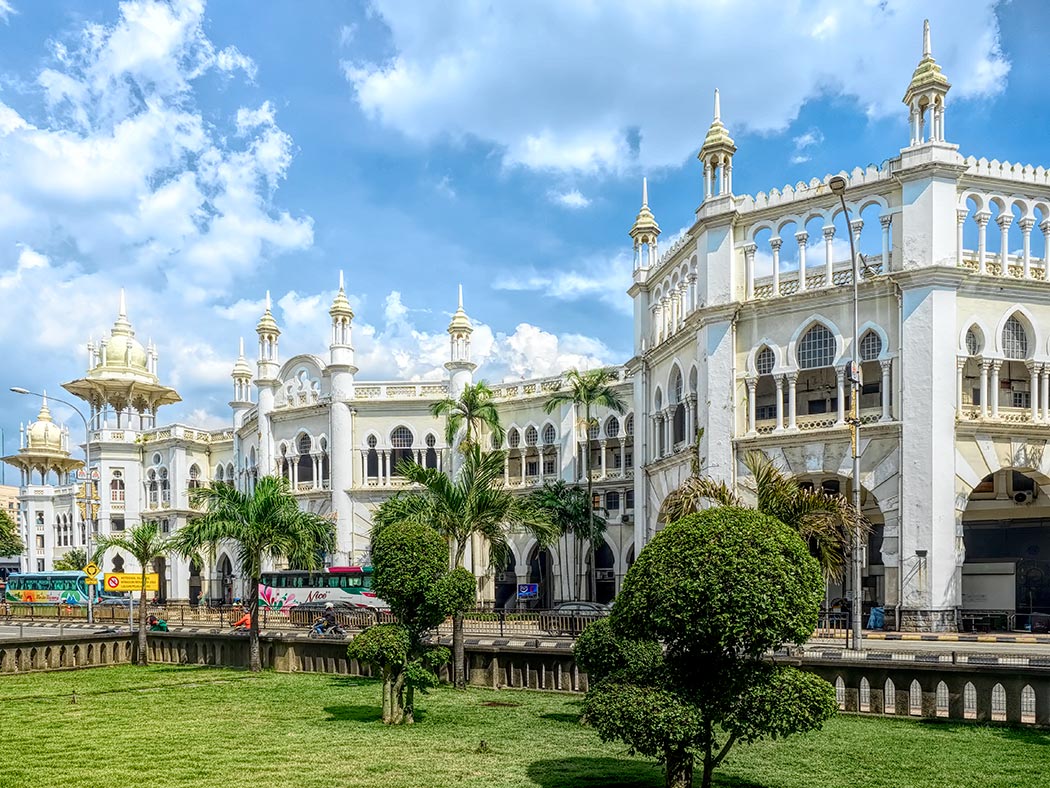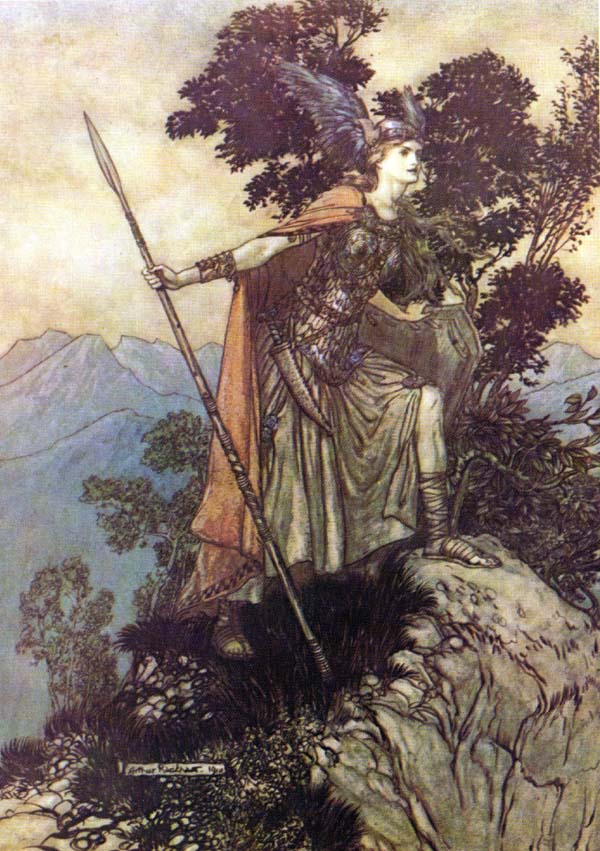One of the oldest countries on the planet, Egypt is well known for its world wonders, influential mythology, and storied history. As much as it’s changed over the millennia, Egypt remains a nation with a rich culture. We now invite you to step out of Epcot and into the World Showcase’s brand new Egypt pavilion.
Located in-between the New Zealand and Malaysia pavilions, the Egypt pavilion is set inside the charming village of Junah. Dating back to ancient times, Junah is a bustling town that balances modern culture with relics of the past. On their journey into Egypt, guests will discover beliefs of old, learn about time honored traditions, and embark on thrilling adventures. Welcome...to Egypt.
Exploring Junah
Through the people of Junah and clues scattered across the land, guests can piece together the story of this historic village. Established in the Sahara during the 4th century BCE, Junah was built as a settlement for those working on the Sphinx of Hakor, a massive statue built to honor the pharaoh of the same name. After its completion, Junah continued to be inhabited by its people, who had fallen in love with the village.
The Sphinx was joined by the Great Pyramid of Junah decades later as a tribute to Nectanebo II, a pharaoh who visited the village and according to legend, gifted its people chariots that were once owned by the famous King Tut. Junah has remained a popular tourist destination up to modern times, and is currently undergoing an expedition by Professor Labib Carter, a member of the Society of Explorers and Adventurers. How exciting!
Visitors enter this bustling village by walking beneath a massive, proud banner. To the left is the Sphinx of Hakor, which houses the roller coaster Into the Sphinx. To the right is the Great Pyramid of Junah, which houses the trackless attraction Tut’s Chariots. Past the Sphinx is Bilady, Junah’s most popular shop. Hungry guests can visit Hafla, a hidden gem of a restaurant located near the pyramid. Down the street from Hafla is the stage for Egypt in Motion, a belly dancing show.
Into the Sphinx
The last pharaoh of the 29th dynasty, Hakor was an enthusiast for Egyptian architecture, and spent much of his reign restoring ancient monuments. His largest project was the Sphinx of Hakor, a massive statue built in the Sahara. The Sphinx became well known for its size and beauty, attracting explorers and casual visitors alike.
Legends surrounded this monument, with the most prominent claiming that the sphinx was hollow, and full of ancient treasures. Enter Professor Labib Carter, a member of the S.E.A. and native Egyptian with a fascination for the Sphinx of Hakor dating back to his childhood. Now an old man, Carter is leading an expedition into the sphinx to discover if the rumors are true, and he’s invited guests to join him.
As they walk through the sphinx, guests learn about Egyptian mythology through art, statues, and notes by Carter and his crew. Eventually they reach a room where a recording of Carter explains everything, and tells visitors that they’ll be venturing deeper inside the sphinx than ever before via mine carts. He wishes them good luck before boarding begins, with each mine cart seating four people.
The mine carts set off into the darkness, with Carter joining them through radios. They enter a tomb, where torches around them are lit spontaneously. A projection of the deity Osiris appears, scolding them for entering this sacred place. Shocked, Carter babbles that they did not mean to trespass, but Osiris stops him. He’s already made his decision - the explorers are to die.
Before Carter can negotiate any more, Osiris vanishes, and the mine carts suddenly plunge down into darkness. Carter realizes that Osiris has taken control, and knowing that they’re at the mercy of the gods, tells them to hold on tightly.
The mine carts go through twists and turns, narrowly avoiding traps like a falling pillar and a burst of flame. Eventually they reach a dead end, where spiders fill the room. Guests feel the arachnids crawling on their back as it seems they’ve reached a grisly end.
The spiders are repelled just in time by Anubis, who tells Osiris that it is not yet time for these people to enter the underworld. Set then appears, scolding his brother for attacking the explorers and using a storm to blow open an escape for the mine carts.
They rush through it, heading up to the sphinx’s head. Osiris and Set battle, their attacks jostling the carts. The room fills with light as they are both commanded to stop by Ra, the powerful god of the sun. He deems the guests worthy of life, much to Carter’s relief, but warns them to never return. The professor eagerly agrees as Ra sends them off, the mine carts heading through the Sphinx’s missing left eye and outside through a thrilling final turn.
The carts pull back into the place they started as Carter excitedly thanks the guests for their help, beaming that he’s found something greater than treasure, proof that the Egyptian gods are real! He ponders how he’s going to share that when the gods want him to leave, but assures visitors that he’ll figure it out, before they exit the Sphinx.
Tut’s Chariots
During his reign as pharaoh, Nectanebo II visited Junah in order to see the legendary Sphinx of Hakor. Excited to meet their ruler, the village’s people constructed a pyramid in his honor. In return, he gifted them with chariots which are said to have belonged to Tutankhamun himself. These chariots were hidden away from thieves and colonizers inside what would come to be known as the Great Pyramid of Junah.
Now, an enterprising young native named Sami is hosting pyramid tours, promising to let guests sit where King Tut once did. Visitors enter the pyramid, getting a look at ancient hieroglyphics and artifacts on their way to the center of the building where the chariots are being stored.
Before they reach the heart of the pyramid, Sami introduces himself through a projector, sharing the history of the building. He mentions with a laugh that silly rumors claim that the chariots were enchanted by request of Tut himself. Guests enter the room, where they board their chariot, each of which seats two people.
After everyone is seated, Sami thanks them for taking the tour, and tells them that their time is up. Suddenly, the chariots begin to sway. Confused, he asks if Sayed is playing a trick on him. One out of a selection of Egyptian folk songs begins playing, from “Salah” to “I Saw The Moon”.
Sami grumbles that someone must be doing this as the chariots begin to dance to the music, gliding across the floor with no track. Chariots nearly hit each other, but each time they pull away, moving in rhythm with the song until it ends.
As the chariots come to a halt, an amazed Sami enthusiastically thanks visitors for their business, and encourages them to tell anyone who will listen about “Sami’s magic chariots”. Visitors then exit their chariot and leave through the side of the pyramid.
Egypt in Motion
The art of belly dancing originates in Egypt, where it’s still going strong. Every hour, performers take the stage to share traditional Egyptian belly dances, in both the raqs baladi and raqs sharqi styles.
Hafla
A long standing restaurant, Hafla is beloved by locals and tourists alike, and for good reason. The passion project of the Sadiq family, who have lived in Junah as long as anyone can remember, Hafla was built in the Egyptian Revival style. Its food, on the other hand, reflects modern Egyptian cuisine. Pull up a chair, admire the architecture, and enjoy a delicious, authentic meal.
Appetizers:
-Koshari: A platter of rice, macaroni, and chickpeas topped with lentils, caramelized onions, and a spicy chili sauce.
-Mahshi: Juicy red peppers stuffed with rice, herbs, tomato sauce, and ground beef.
-Falafels: Fava beans rolled into balls, covered with flavorful spices, and deep fried.
-Besarah: A cold fava bean dip topped with fried onions and served with bread.
Entrees:
-Shawarma: A twist on the classic Greek gyro, this spit roasted chicken wrap is served with tahini.
-Molokhia: A stew made by soaking leafy greens in seafood broth, served with grilled shrimp.
-Fattah: A dish consisting of grilled beef on top of crispy bread, rice, and tomato sauce.
-Macaroni Béchamel: A baked pasta dish made with rigatoni noodles, ground beef, and béchamel sauce.
-Ful Medames: A sandwich with cooked fava beans, olive oil, and cumin.
-Hawawshi: Pitas stuffed with beef, onions, and peppers.
Desserts:
-Roz Bel Laban: Rice cooked in cream, with a dash of sugar and thinly sliced pistachios on top.
-Umm Ali: Hot bread pudding topped with raisins, nuts, and coconut pieces.
-Konafa: Shredded konafa pieces filled with cream, baked, and served with syrup.
-Basbousa: A cake made from a semolina batter, sweetened with rose water syrup, and topped with walnuts.
Bilady
Owned by the thrifty but reliable Sayed, who is often talked about by the locals but never seen, Bilady is Junah’s one and only souvenir shop. Its helpful employees will offer playful banter, directions, and information about the store’s wares.
Reflecting Egypt’s thriving modern culture and important heritage, the shop sells something for everyone. Buy replicas of papyrus scrolls, miniature statues, scarab bracelets, jalabeyas, sand bottles, and even a recreation of the Ancient Egyptian board game Senet.



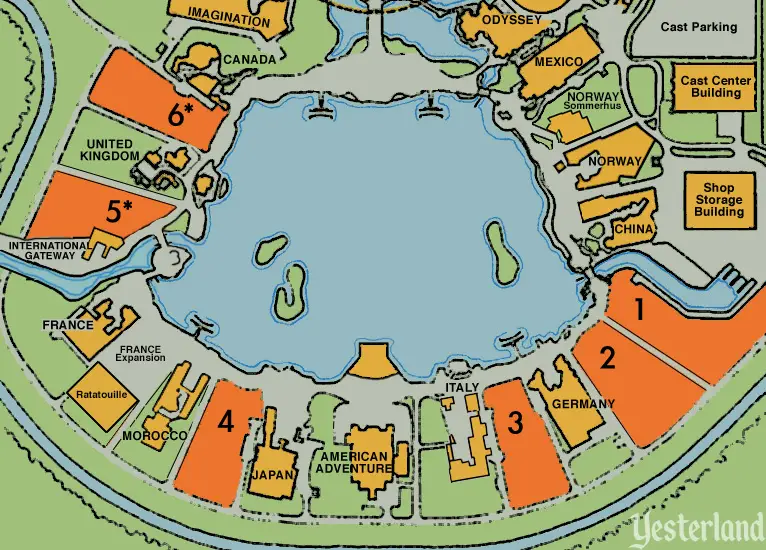


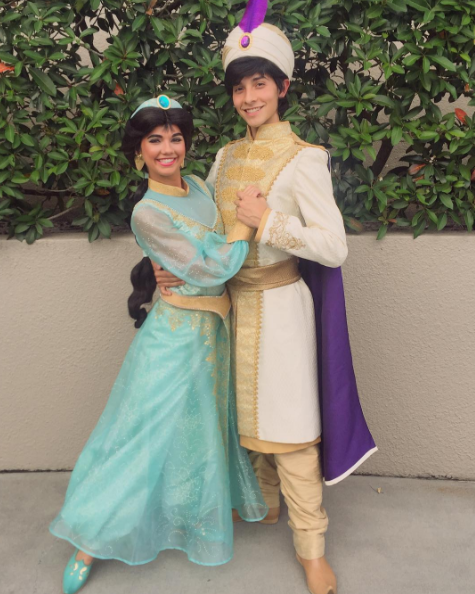










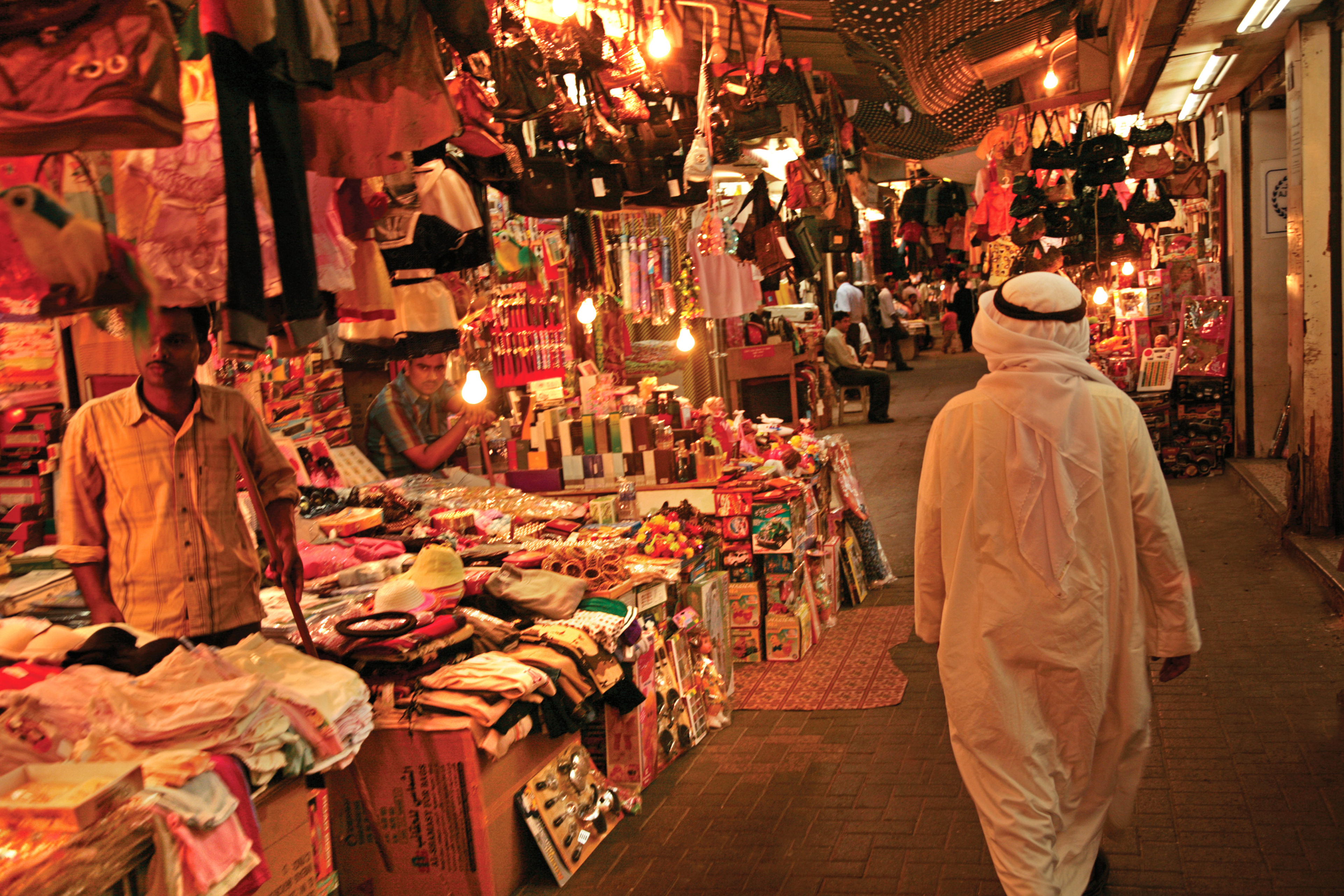
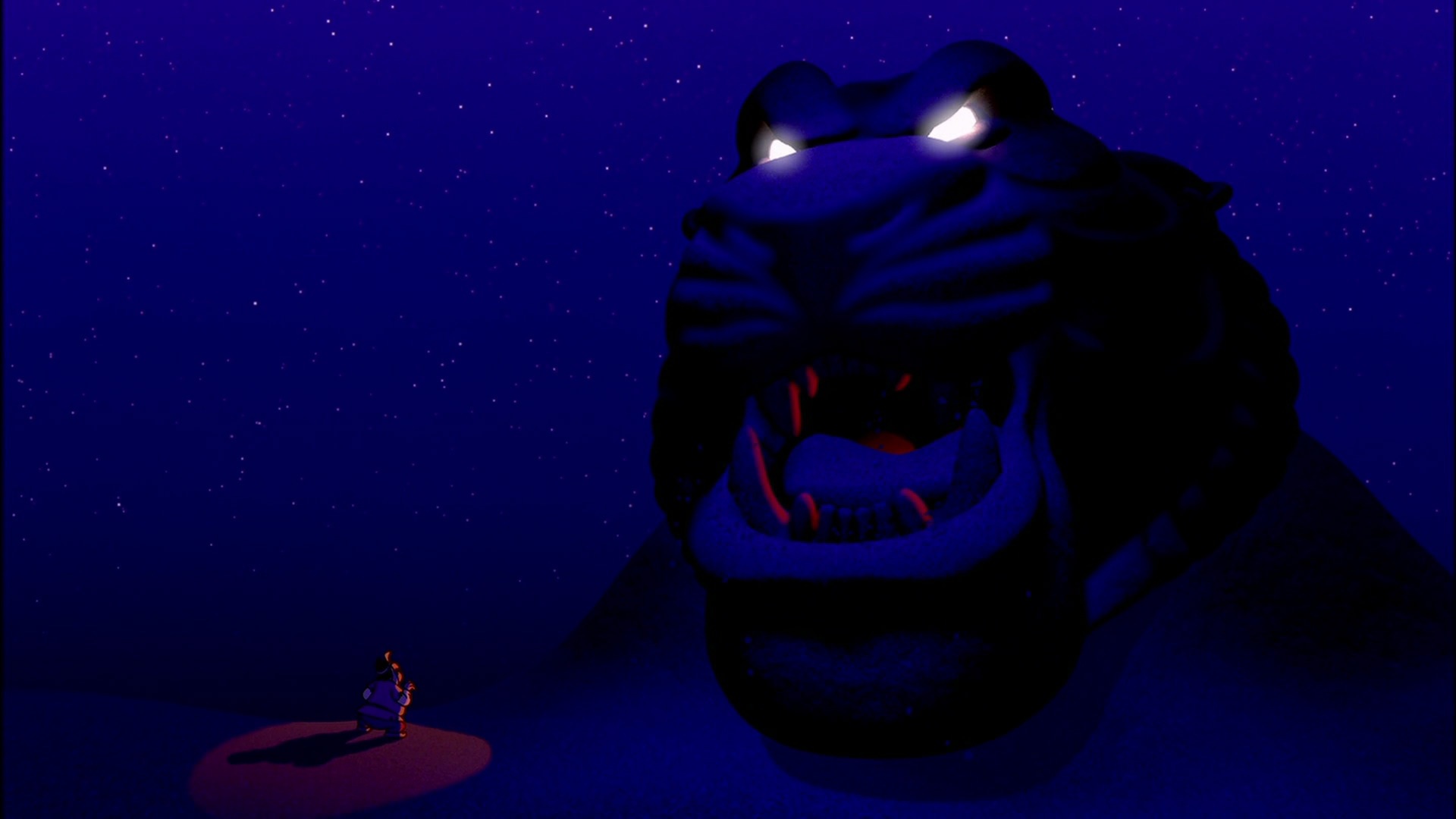












/cdn.vox-cdn.com/uploads/chorus_image/image/60196737/Kopitiam_167688.0.jpg)




